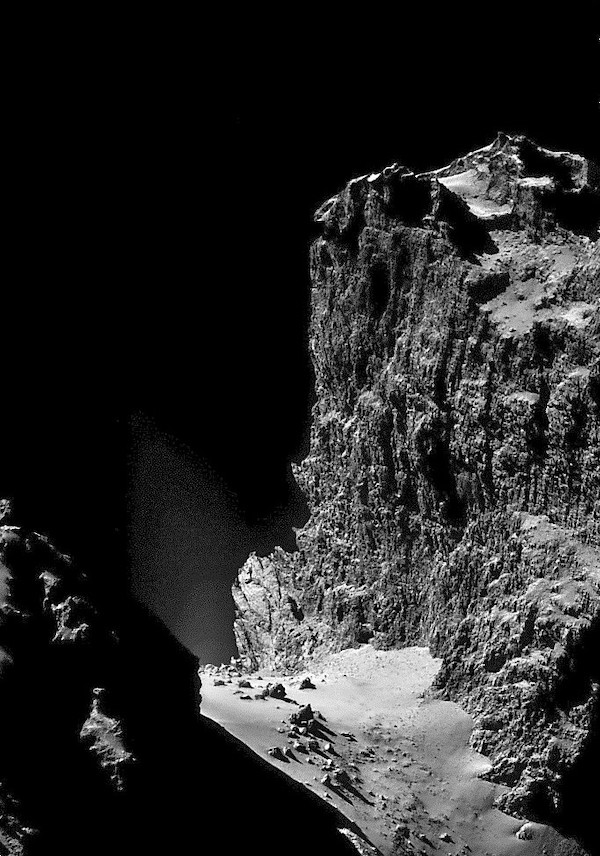This summer marks the 10-year anniversary of a landmark mission to the outer solar system. The Rosetta robotic spacecraft became the first man-made object to go into orbit around the nucleus of a comet called Churyumov-Gerasimenko 67-P, in August of 2014.
University of Arizona planetary scientist Walter Harris expalins Rosetta then glided alongside the comet on its journey toward the inner solar system, giving researchers a rare close up look at 67-P as it was warmed by the Sun.
"To watch where the activity happens, how it changes the surface, how things move on the surface and how the composition of the gases that come off change," he said.
Rosetta made even more history a few months later when it dispatched a smaller spacecraft to perform the first soft-landing on the surface of a comet.

Images from the Rosetta spacecraft show gas, dust, and frozen water vapor being ejected from the comet. One series of pictures depicts what looks like a snowstorm raging alongside steep cliffs and large boulders on the comet's surface.
Rosetta planners crash-landed the spacecraft into the comet at the end of its mission in 2016.

By submitting your comments, you hereby give AZPM the right to post your comments and potentially use them in any other form of media operated by this institution.